
26 Dec Exploring the ‘craic’ in and around Dublin – Ireland
Cead Mile Failte – A hundred thousand welcomes to Dublin! Though you actually won’t encounter much of the ancient Gaelic language being spoken in the modern capital, you will sure find plenty of craic in and around this fantastic city. The craic, pronounced ‘crack’, simply refers to good conversation and good times,something which is a real part of the Irish experience. There’s an Irish saying that “Strangers are just friends you haven’t met yet” and we found this to be quite true, even in a cosmopolitan city like Dublin.
Dublin – Ireland
We were incredibly fortunate to stay at a friend’s apartment the whole time we were in Dublin, a cozy two bedroom all to ourselves in the heart of Ballsbridge, a well-to-do area just south of the city center. Every day going into the center, we loved passing through ‘Georgian Dublin’ – a district full of Georgian architecture, noted for it’s colorful, ornate doors and doorways – then onto a few large parks full of ponds and sculptures, before coming into the brick paved pedestrian thoroughfares full of shops and pubs. The amazing thing is that although Dublin has become very modernized, most of the buildings still date back nearly a thousand years! To best see the town and learn it’s history at the same time, we jumped on two different Hop On/Hop Off city tours, Dublin Bus City Tour, and Irish City Tours Dublin Tour, which took us along the River Liffey, past the all the main cathedrals, the Trinity College, government buildings, Phoenix Park and more. Going past the Guinness storehouse, we learned about ‘Uncle’ Arthur Guinness, who put his 100 pound inheritance as a down payment on a brewery in 1759, signing a 9000 year lease at 45 pounds a year! The rest is history, as you know, and many of Arthur and his wife’s 21 children went on to be successful in their own ways, contributing much to Dublin city. Our often hilarious and very informative guides also taught us about Dublin’s famous writers – including Yates, Shaw, Joyce and Wilde – and how St. Patrick used the shamrock to explain the holy trinity.
We loved our tours so much that we decided to take a few more to explore the areas north and south of Dublin. On the Dublin Bus North Coast & Castle Tour, our witty Irish guide drove us along Dublin County’s pretty north coast, then took us to tour the well-preserved Malahide Castle, a structure inhabited by the same family for 800 years, up until the 1970’s. To explore the famously beautiful region just south of Dublin – County Wicklow and the Wicklow Mountains – we went with Wild Wicklow Tour for a very memorable day out. Our guide was one of the best we’d ever had, full of spontaneous banter and great information, and the tour was very personal and fun. Driving south out of Dublin, we learned that Ireland’s ‘Celtic Tiger’ economy over the past ten years has property prices tripling, that Halloween tradition is to let off fireworks bought legally from Northern Ireland, and that Christmas tradition is to jump in the freezing ocean. Then driving into the mountains, we learned about how the sheep are bred, how bog is cut and dried to make fire fuel, and how to properly make an Irish coffee. We stopped at Avoca Handweavers to see handmade woolen items and at a pub in Laragh for a carvery lunch, but the highlights were the lake and mountain views at Sally’s Pass and the captivating land of Glendalough, the “Valley of Two Lakes”, where a walk through the thousand-year-old monastery ruins and majestic valley took us back to another time.
By this time back in Dublin, we were both a ‘wee bit’ infected with Irish accents and could even understand a slurring Irish ‘lad’ we met in a cafe who had been drinking his favorite brew of Budweiser since Friday (it was Tuesday). We then met up for some pints of our own (not Budweiser) with our friend, Lisa, a lovely Irish ‘lassie’ who Bex lived with in Sydney. Whether with people we just met or old friends that we hadn’t seen in years, the ‘craic’ in Dublin was truly ‘grand’!
Rebecca Rasmus – Written in 2004 – Dublin, Ireland


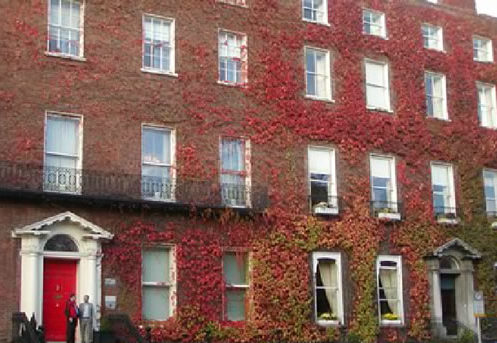
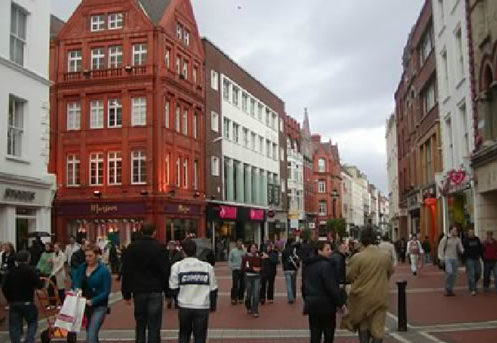
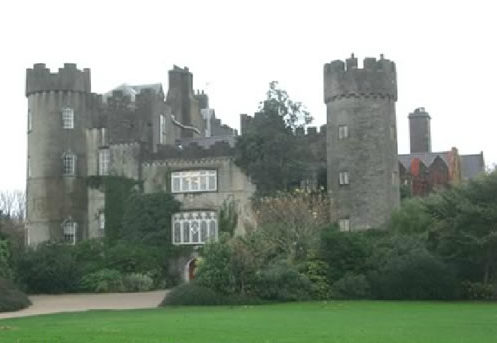
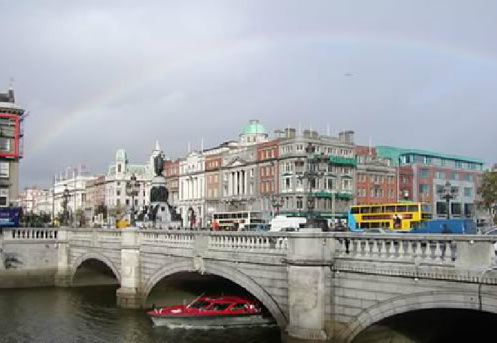
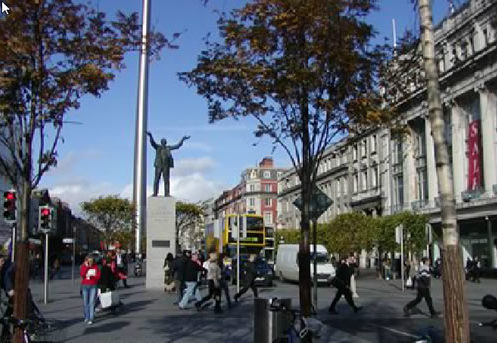
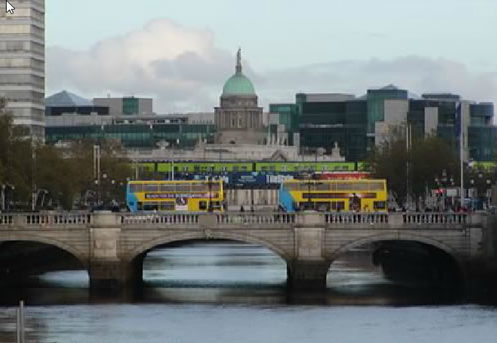
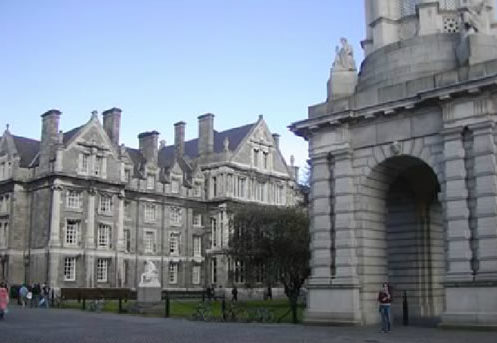
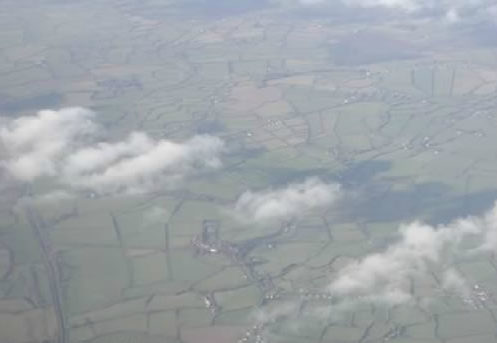
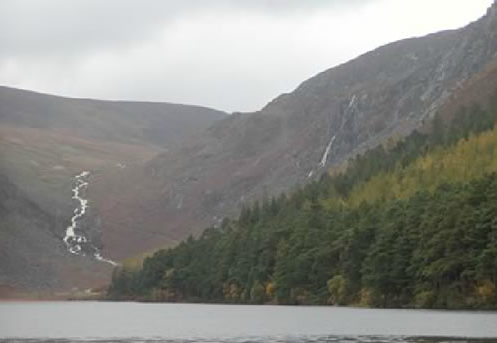
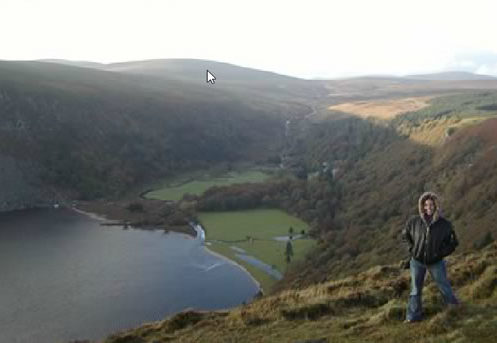
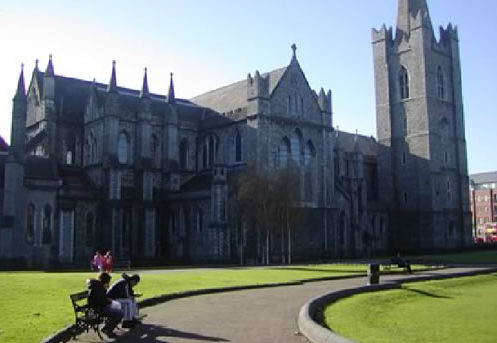
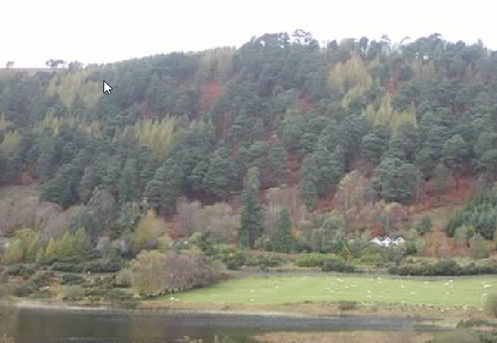

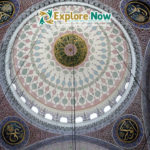



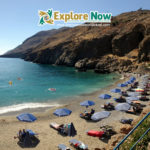
No Comments